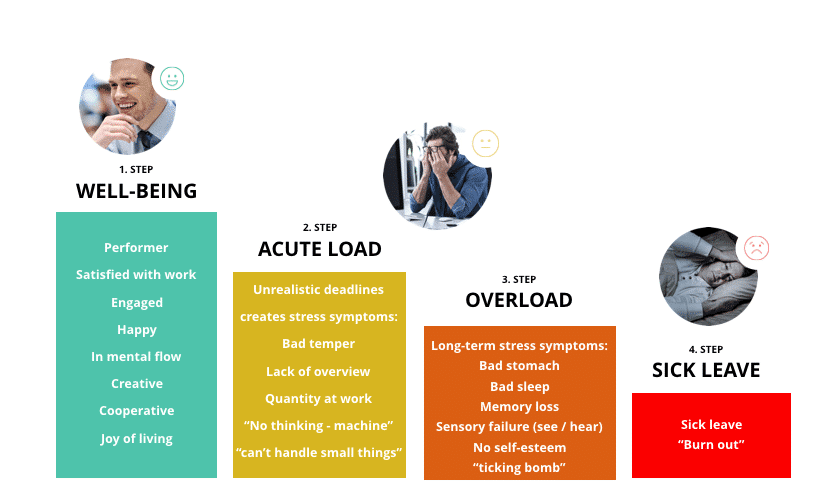In today’s globalized and interconnected world, diversity has become an essential aspect of any thriving organization. As HR leaders, it is our responsibility to create an inclusive workplace that values and celebrates the unique contributions of every individual. In this article, we will explore what diversity means, how to achieve diversity, the meaning of inclusion, and strategies for effectively turning theory to practice.
What is Diversity?
Before we get started, let’s take a look at what diversity means – especially in a workplace context. Diversity in the workplace refers to the presence of individuals from various backgrounds, including but not limited to race, ethnicity, gender, age, religion, sexual orientation, and abilities. It encompasses the unique perspectives, experiences, and characteristics that individuals bring to the organization. Embracing diversity means recognizing and appreciating these differences as valuable assets that enrich the workplace and drive innovation.
This should entice most people to strive for diversity – it’s foremost an ethical pursuit, but it’s also good for business, as it drives innovation and produces varied perspectives.
How do I Achieve Diversity?
To achieve diversity in the workplace, it’s crucial to adopt a comprehensive approach. Start by promoting inclusive hiring practices, such as widening the candidate pool, implementing blind resume screening, and ensuring diverse interview panels. Foster a culture of respect and inclusion, where different perspectives are valued and encouraged.
Here are a few bullets on how to achieve (or improve) diversity in the workplace.
- Establish a Diversity and Inclusion Strategy: Develop a comprehensive plan that outlines the organization’s commitment to diversity and inclusion. Set clear goals, objectives, and measurable targets to track progress.
- Create an Inclusive Hiring Process: Implement inclusive practices throughout the recruitment and selection process. Ensure job postings are inclusive, diverse candidate pools are sought, and unbiased selection criteria are used.
- Provide Diversity Training: Offer training programs that educate employees and leaders about diversity and its importance. Foster cultural competence, empathy, and awareness of unconscious biases.
- Foster a Culture of Inclusion: Create an environment where all employees feel welcome, respected, and valued. Promote open communication, collaboration, and equal opportunities for growth and development.
- Build Diverse Teams: Encourage diversity in team composition by considering a range of perspectives and backgrounds when forming workgroups. Diverse teams bring different viewpoints, creativity, and problem-solving approaches.
What Does Inclusion Mean?
Now that you have a handle on diversity, you should consider taking everything to the next level – inclusion.
Inclusion is about creating an environment where everyone feels valued, respected, and included, regardless of their differences. It goes beyond diversity and focuses on actively involving and empowering individuals from all backgrounds. Inclusive organizations break down barriers, biases, and discrimination, fostering a culture of fairness and equality. It involves listening to diverse perspectives, promoting collaboration, and providing equal opportunities for growth. Inclusion leads to enhanced employee engagement, innovation, and overall organizational performance.
How Do You Work with Diversity and Inclusion?
Working with diversity and inclusion requires creating an inclusive environment where all employees feel valued and respected. Embrace different perspectives and encourage open dialogue. There are several ways to work with diversity, such as fostering a culture of active listening, empathy, and collaboration. You can also establish policies and practices that ensure equal opportunities for growth and advancement. Working with diversity requires you to continuously assess and address biases and barriers to create a truly inclusive workplace where diversity thrives.
Here are a few bullets on working with diversity:
- Promote Open Dialogue: Encourage employees to share their perspectives, ideas, and concerns. Create channels for open communication, such as team meetings, feedback sessions, and anonymous suggestion boxes.
- Embrace Different Perspectives: Value diverse viewpoints and actively seek out different opinions and ideas. Encourage employees to challenge assumptions and engage in constructive discussions.
- Provide Professional Development Opportunities: Offer training and development programs that support employees in understanding and appreciating diversity. Provide resources for individuals to enhance their cultural competence and interpersonal skills.
- Address Biases and Stereotypes: Educate employees about unconscious biases and provide tools to mitigate their impact. Foster a culture of respect and fairness, ensuring that decisions are based on merit and not influenced by stereotypes.
- Support Employee Resource Groups: Encourage the formation of employee resource groups that bring together individuals with shared characteristics or interests. These groups provide a sense of community, support, and an opportunity to advocate for diversity and inclusion initiatives.
The takeaway
Achieving diversity in the workplace is not just a moral imperative; it is also a strategic advantage. By embracing diversity, organizations can tap into a wide range of talents, perspectives, and experiences that drive innovation, enhance decision-making, and foster employee engagement. Creating an inclusive work environment where every individual feels valued and empowered is a continuous journey that requires commitment, ongoing assessment, and adaptability. As HR leaders, let us embrace the power of diversity and work together to build inclusive workplaces where everyone can thrive.
Achieve diversity with Woba
Woba has a single vision – to create a better world to work in. We assist companies in centralizing all employee surveys on the Woba platform, where employee feedback is transformed into concrete action steps. These steps proactively address issues such as lac of diversity and inclusion in the workplace.
Woba provides your workplace with a score that precisely indicates the state of diversity in your workplace and offers you the right guidance to improve the situation. It brings us immense joy at Woba to showcase tangible results from the platform. The numbers speak for themselves – and they only get better going forward.
21% improved well-being and health
32% reduction in absenteeism
500% ROI in terms of lower absenteeism
Do you need to get an update on the diversity in your organization?










